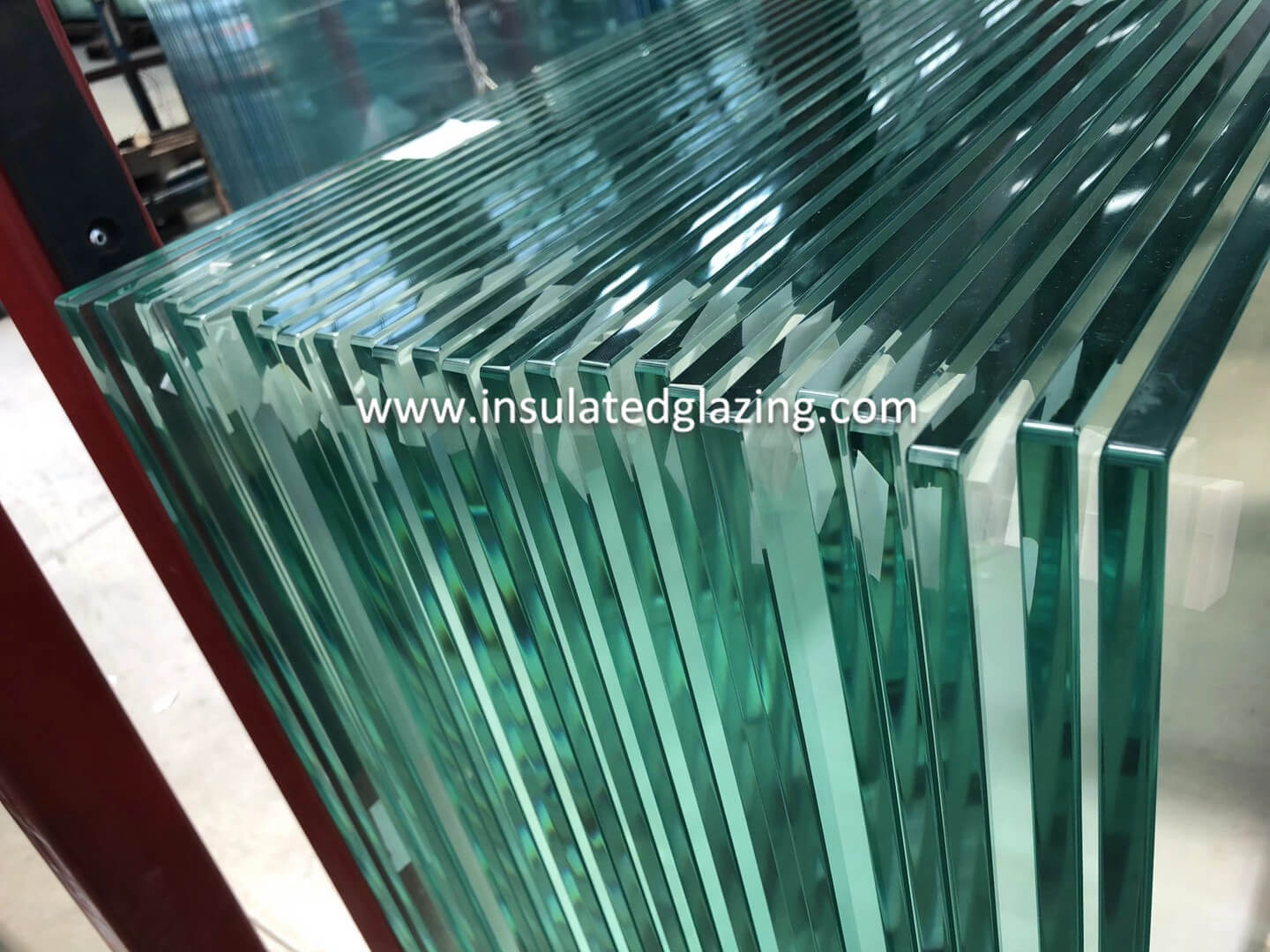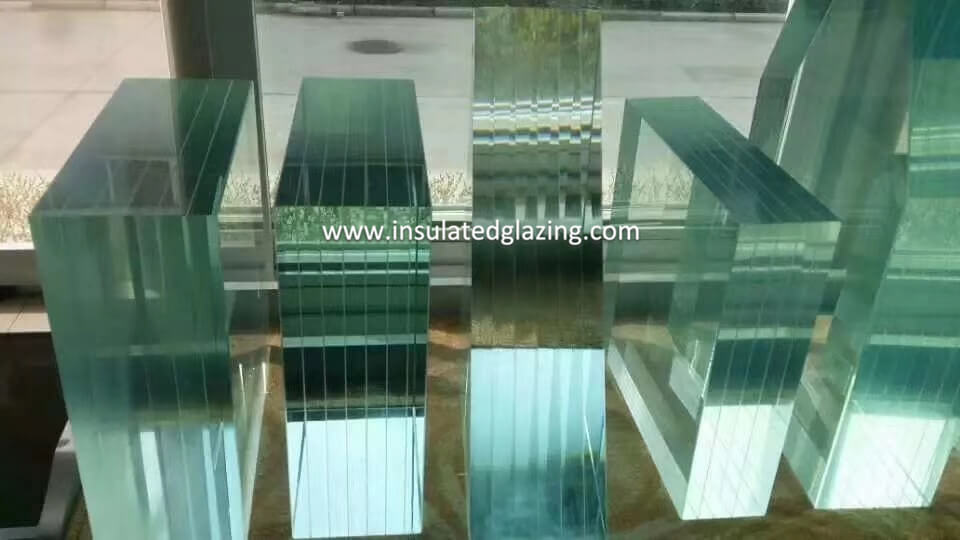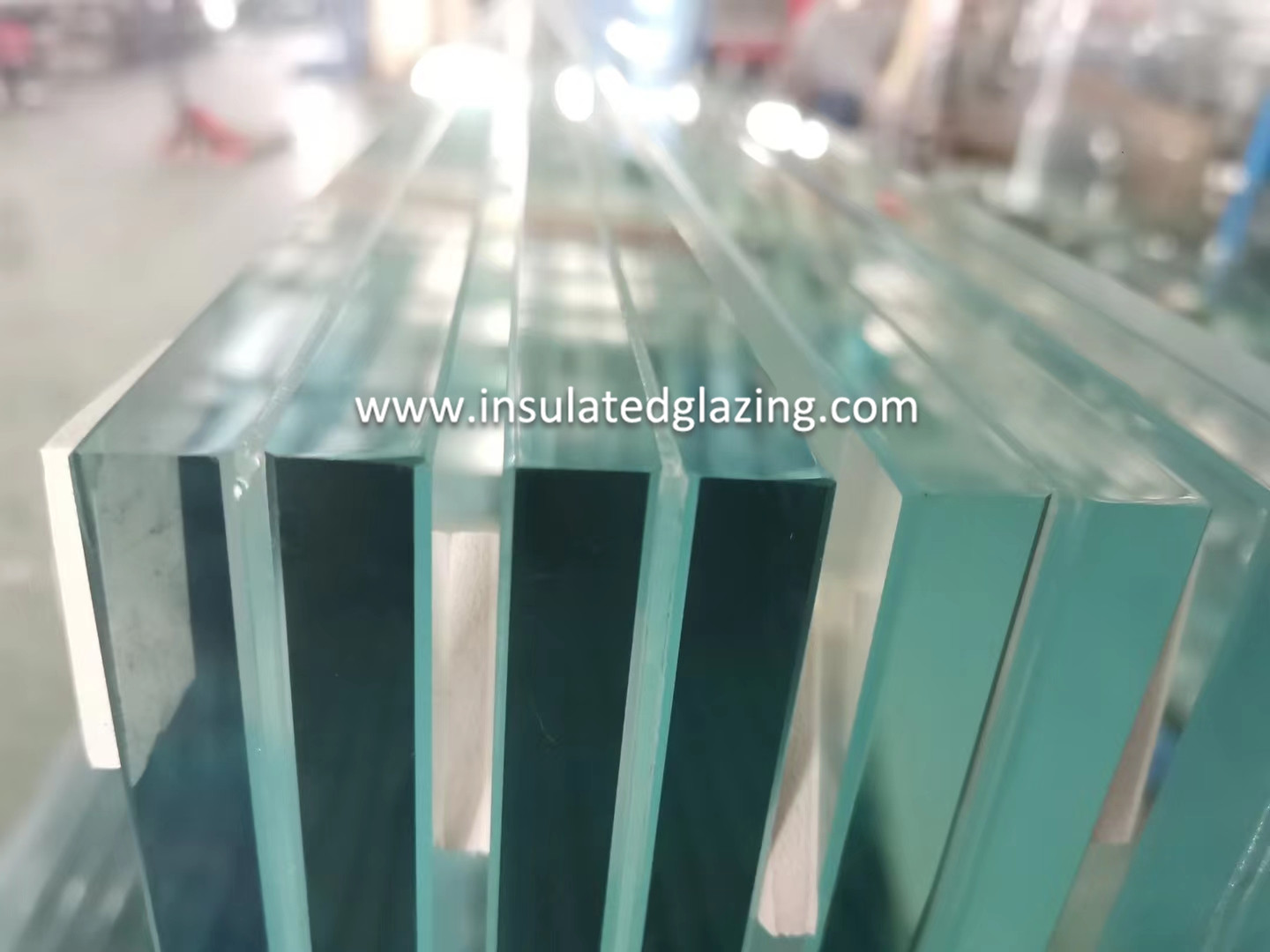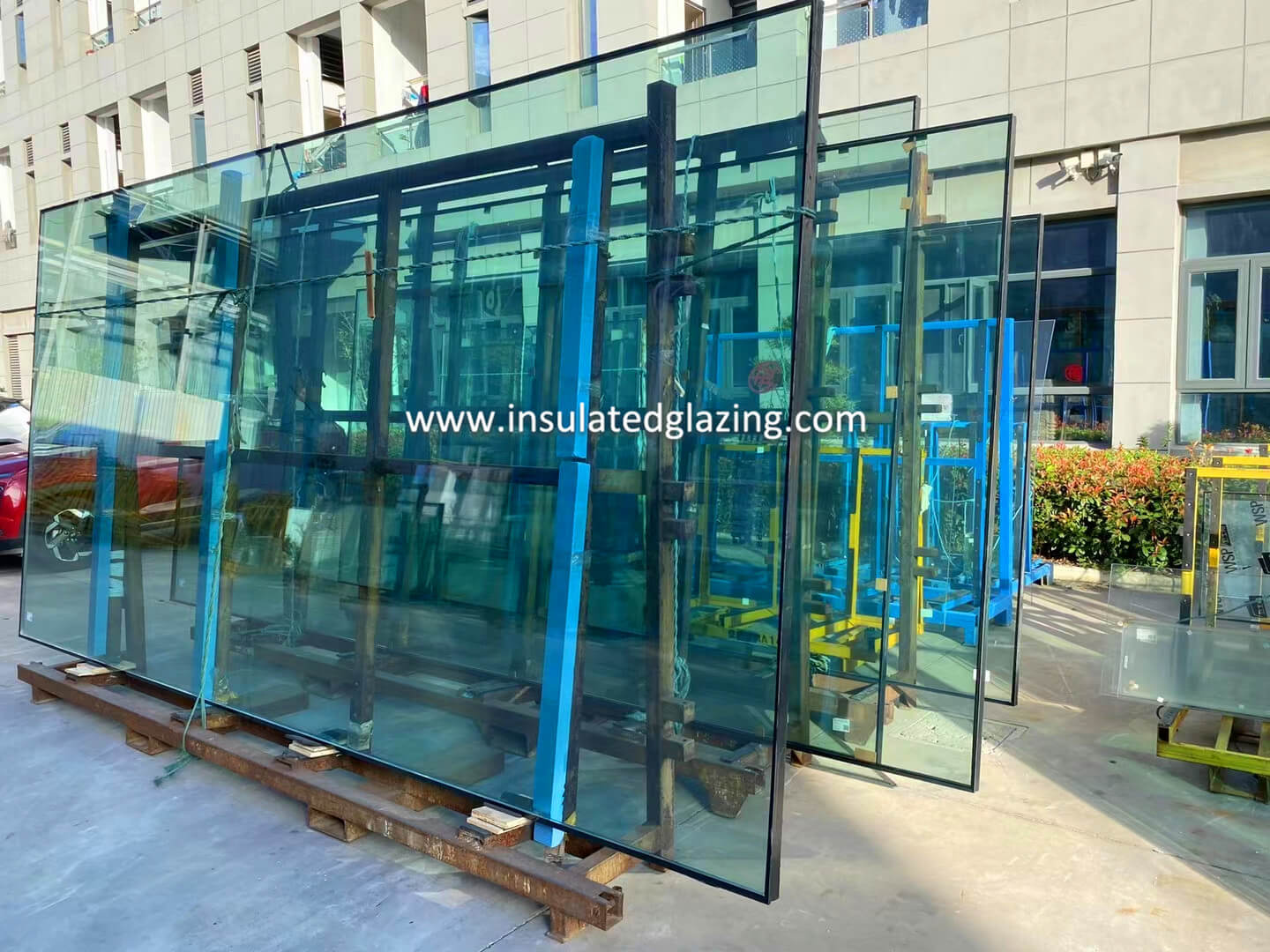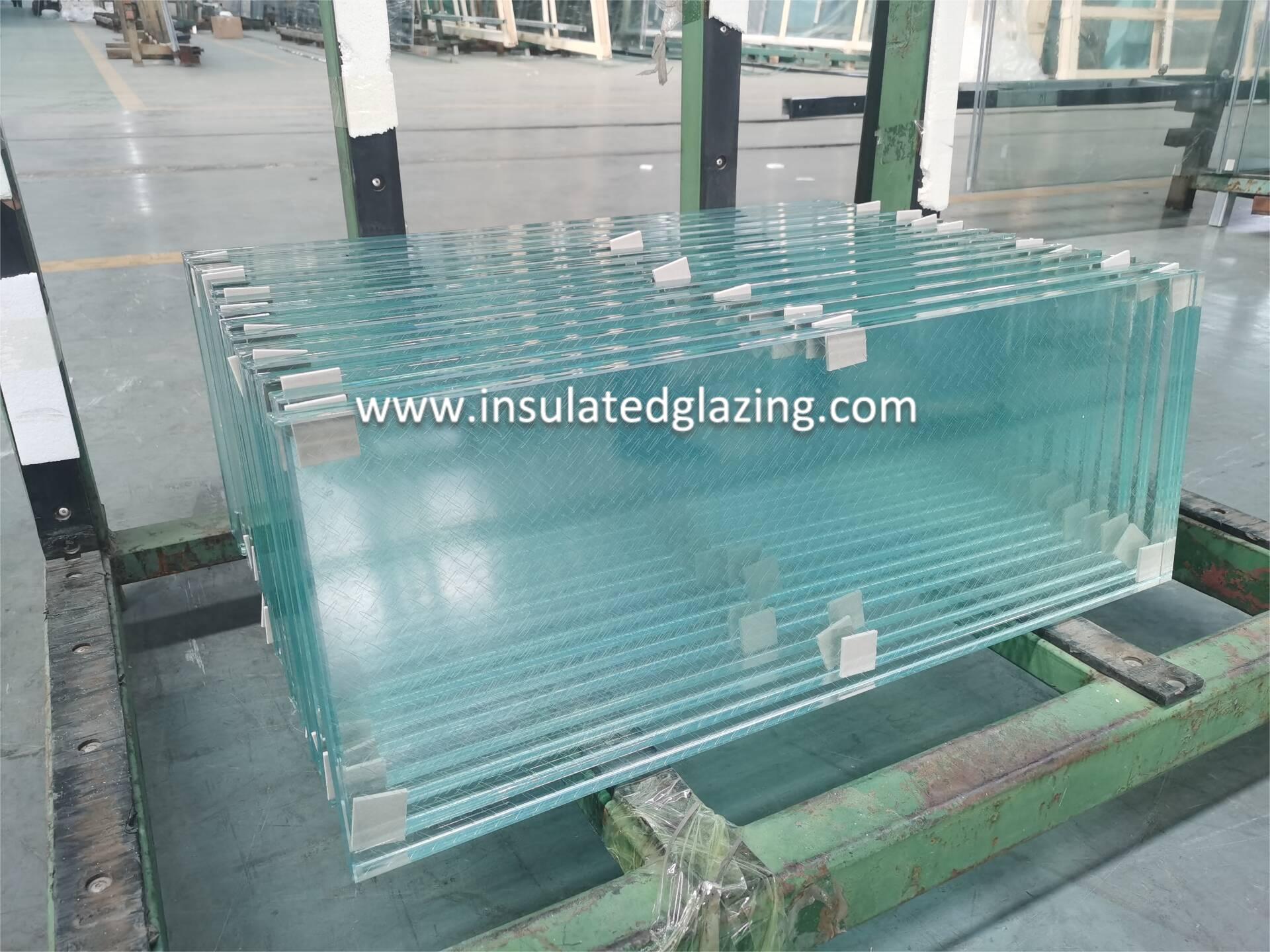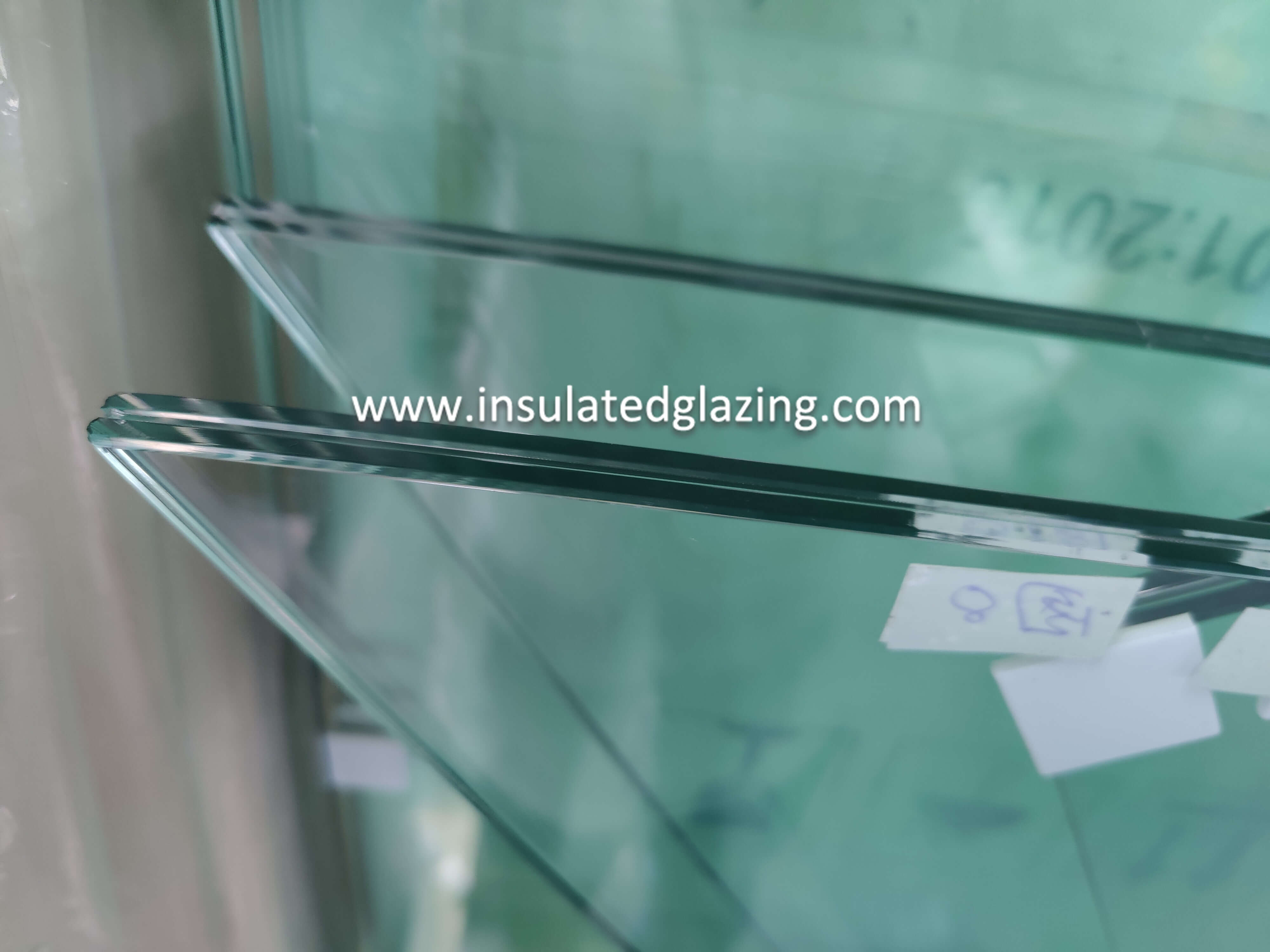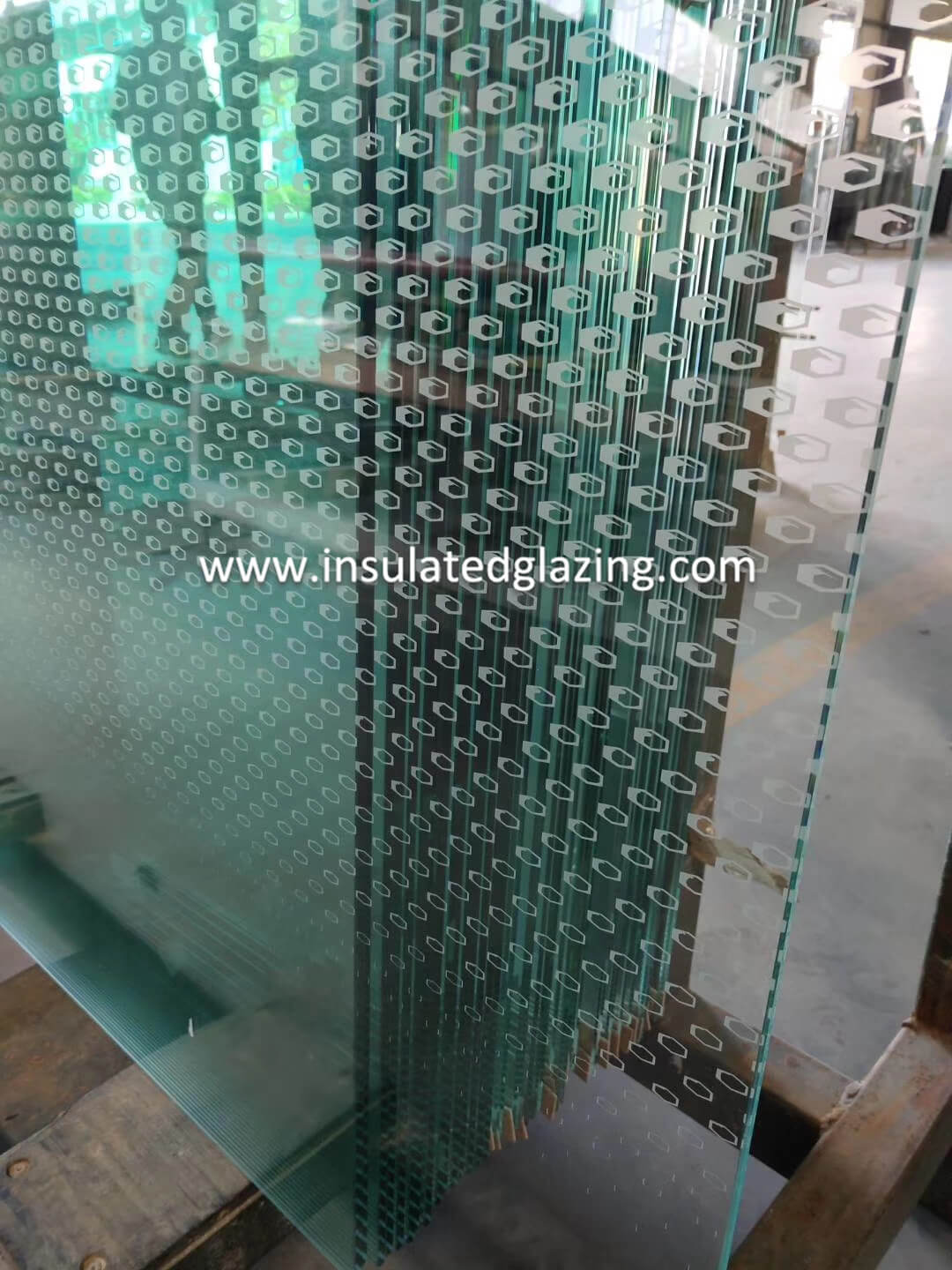
What is insulated glass unit?
Insulated glass is a unit made up of two or more glass panes separated and sealed with spacer bars, with one or more gas-filled layers in between. The gas-filled layers can be filled with air or inert gases. Insulated glass is a type of processed glass product that is energy-efficient and widely used.
What are the benefits of insulated glass unit?
Thermal insulation: The gas-filled layers in insulated glass prevent heat transfer between the glass panes, providing excellent thermal insulation.
No frost: Insulated glass does not experience significant temperature differences on both sides, preventing frost or condensation from occurring in situations with small temperature differences.
Sound insulation: The additional layer and gas-filled layers in insulated glass greatly improve its soundproofing capabilities, creating a quiet working environment and comfortable sleeping environment, making it a preferred choice for buildings located in busy areas.

What is the production process of insulated glass unit?
Glass cutting: Two or more glass panes (such as tempered glass, float glass, or Low-e glass) used to create the sealed unit are measured and cut manually or with automated cutting tables. The use of CNC equipment reduces errors and improves overall efficiency, thus reducing costs.
Glass cleaning: Glass cleaning is typically done using equipment. Before cleaning, the glass surface quality needs to be checked and meet the requirements. After cleaning, the glass needs to be dried thoroughly, with no water stains remaining on the surface. The cleaned glass should be assembled within 1 hour.
Spacer bar assembly: After preparing the cleaned glass, spacer bars are used to connect two or more glass units into one. Spacer bars and desiccants are components located around the edges of the glass. Desiccants are filled inside the spacer bars to absorb excess moisture in the glass cavity. 3A molecular sieves from reputable manufacturers should be used as desiccants and should be used within 24 hours of opening.
Unit assembly: Unit assembly, also known as sealing, involves combining two or more glass panes into one unit (insulated glass unit). Equipment is commonly used for unit assembly. The environment for unit assembly requires a temperature of 10-20 degrees Celsius in winter and 20-30 degrees Celsius in summer, with humidity below 20% RH. Alignment of glass edges is important during unit assembly.
Sealing: Butyl sealant is applied on both sides of the spacer bars, and the spacer bars are assembled between the glass panes. Polyurethane or silicone structural sealant is applied on the outer side. Butyl sealant has low permeability and prevents water vapor from entering the glass cavity, but its bonding ability is weaker. Polyurethane sealant has high permeability and good bonding ability. When used in combination with butyl sealant, it can extend the lifespan of insulated glass to 20-30 years or more. If only butyl sealant or polyurethane sealant is used, the lifespan of insulated glass will be greatly reduced, lasting only around 5 years.

What is the composition of insulated glass?
In general, insulated glass consists of glass, spacer bars, desiccants, air or inert gas layers, and sealants.
Spacer bars:
Function: Spacer bars connect two or more glass units, providing edge sealing and stability to insulated glass. They affect the thermal insulation performance of doors and windows and are also related to the occurrence of condensation. Spacer bars are essential materials in the production of insulated glass.
Cold edge spacer bars: Aluminum spacer bars
Warm edge spacer bars: Stainless steel spacer bars, TGI stainless steel composite spacer bars, flexible spacer bars.
Desiccants:
Classification:
Type A desiccant: 3A molecular sieves.
Type B desiccant: Spherical drying materials mainly composed of convex-concave rods.
Function: The main function of desiccants is to adsorb moisture and organic substances inside the insulated glass cavity, preventing condensation and failure even at temperatures as low as -40 degrees Celsius.
Inert gases:
Types and selection:
Inert gases used in insulated glass include argon (Ar), krypton (Kr), and xenon (Xe).
Among them, argon gas is the most ideal inert gas material for the air gap in insulated glass.
Function:
It effectively protects the oxidation of Low-E glass coatings and improves the thermal insulation performance of the glass.
It prevents glass self-absorption, especially for large glass panels.
Sealants:
Butyl sealant is applied on both sides of the spacer bars, and polyurethane or silicone structural sealant is applied on the outer side.
Butyl sealant: It has low permeability, preventing water vapor from entering the glass cavity, but its bonding ability is weaker.
Polyurethane sealant: It has high permeability and good bonding ability. When used in combination with butyl sealant, it can extend the lifespan of insulated glass to 20-30 years or more. If only butyl sealant or polyurethane sealant is used, the lifespan of insulated glass will be greatly reduced, lasting only around 5 years.
WE WILL REPLY YOU IN 24 HOURS.

